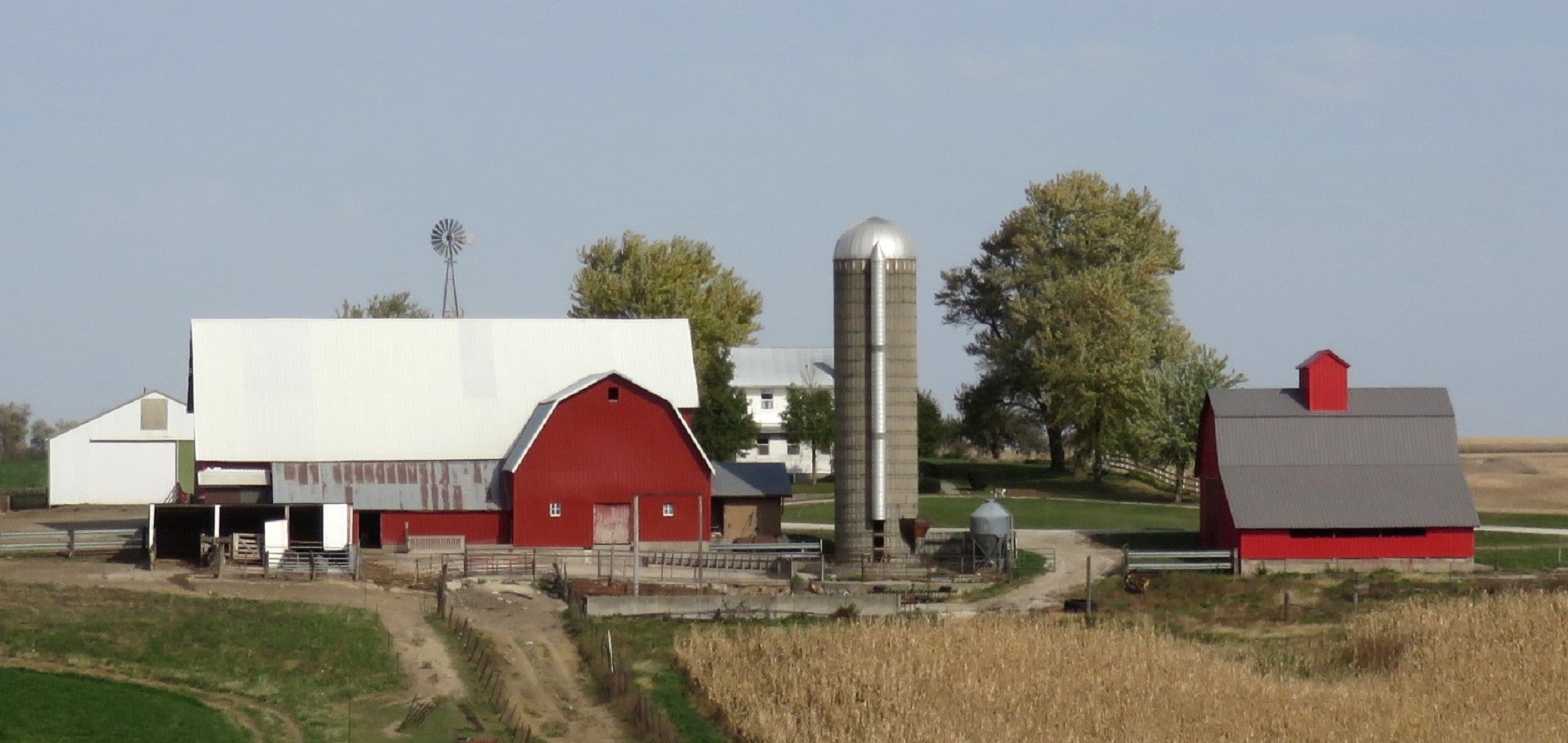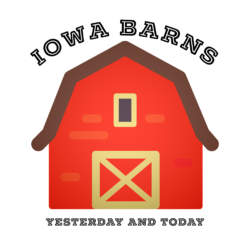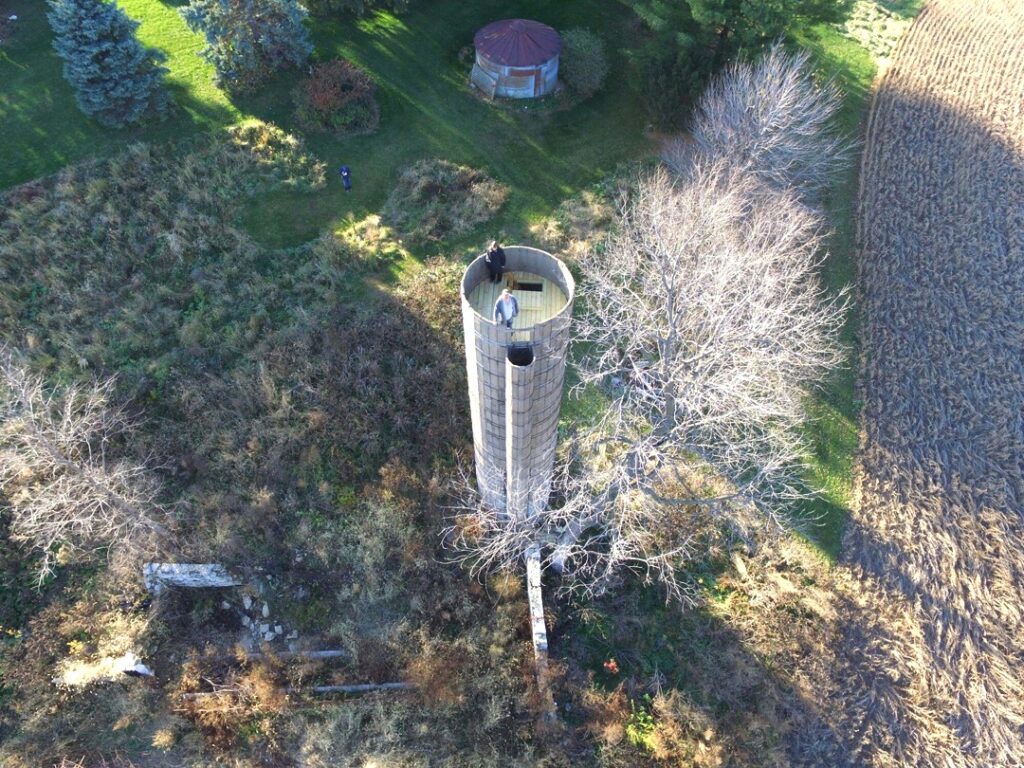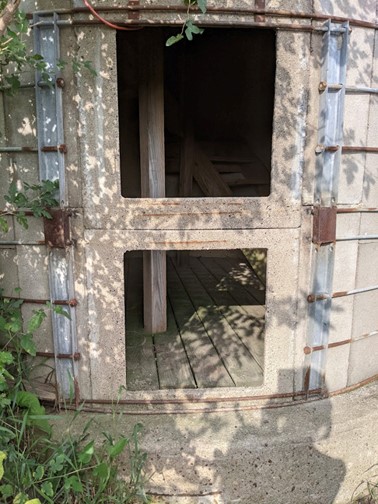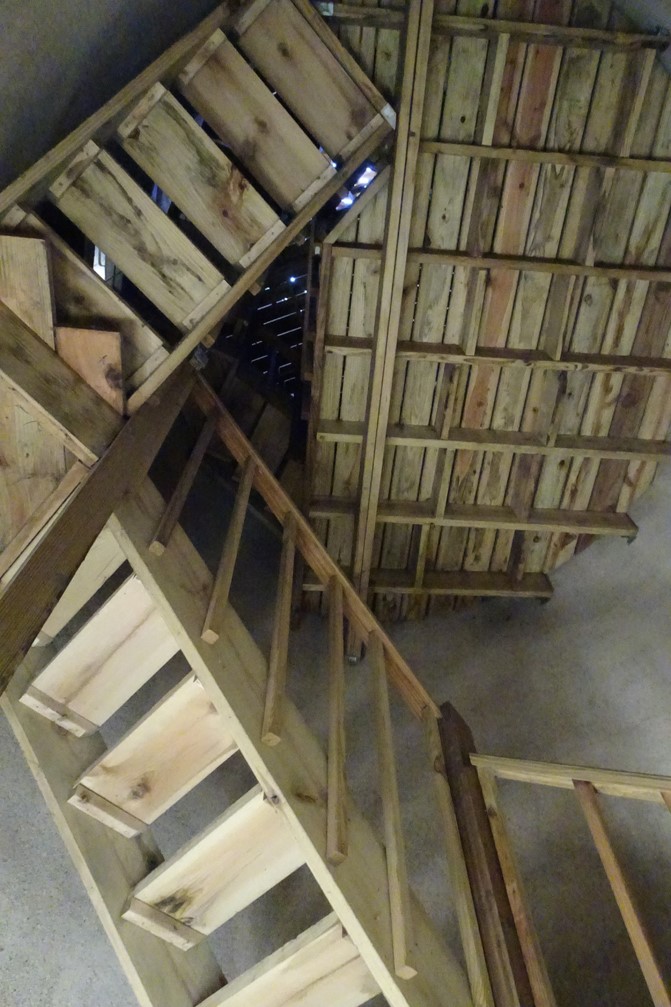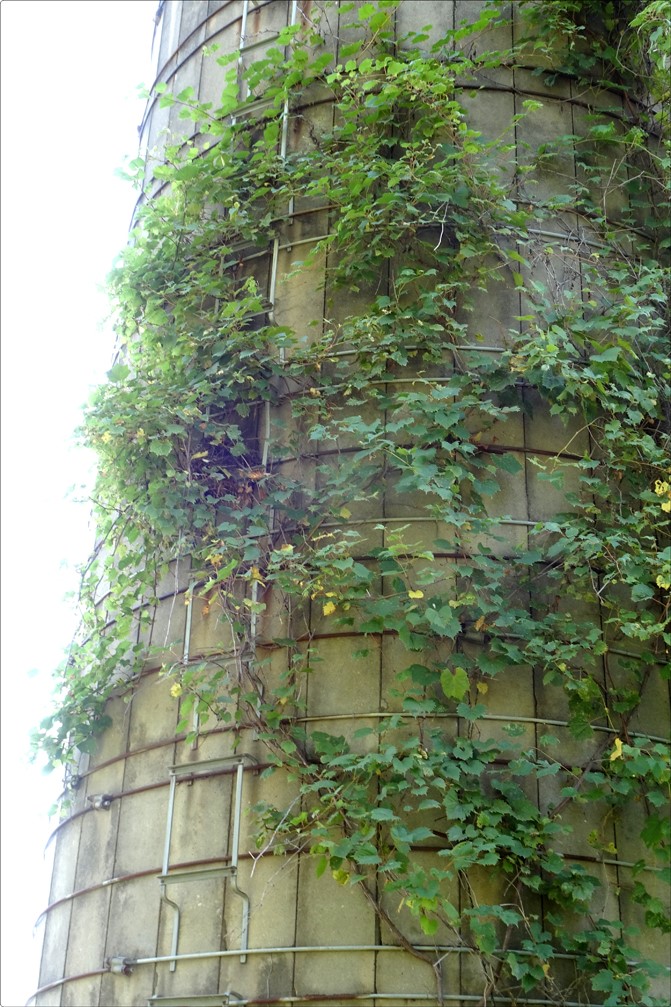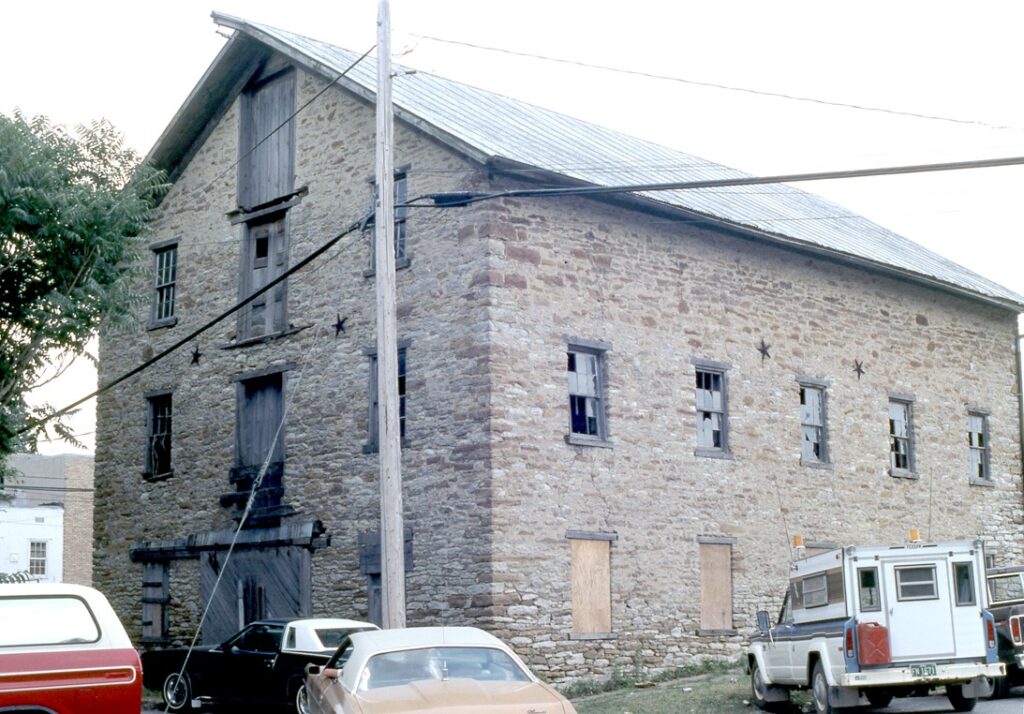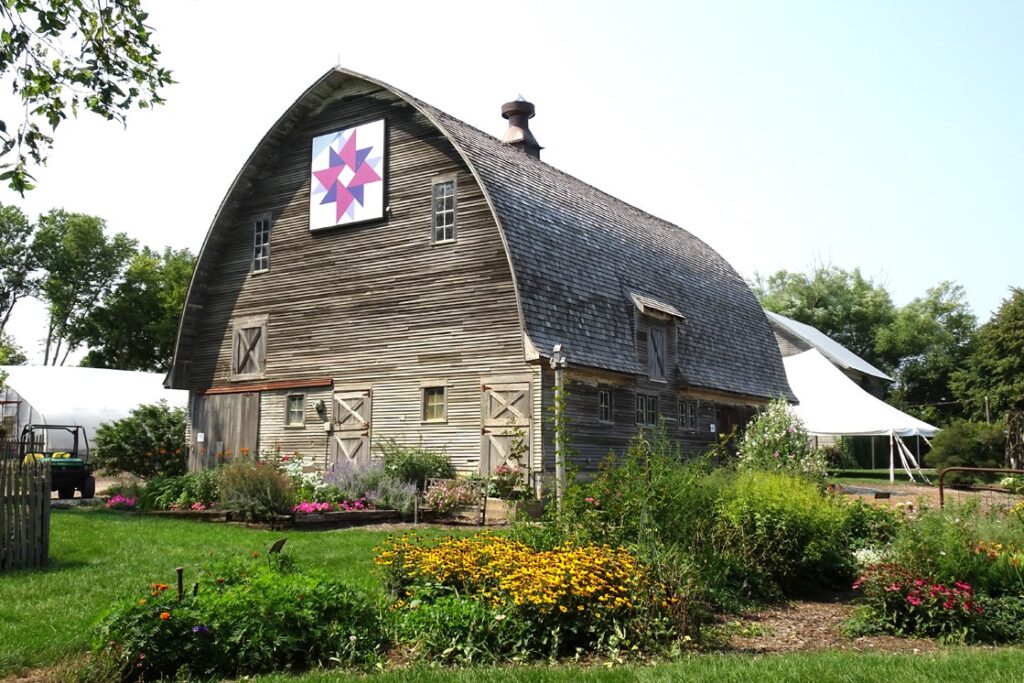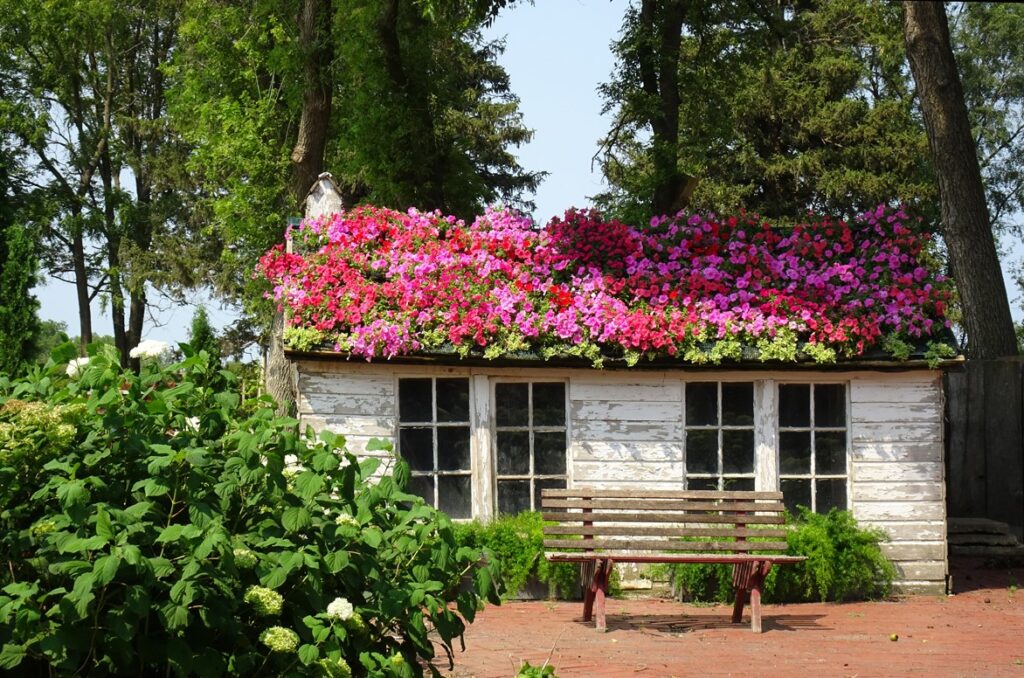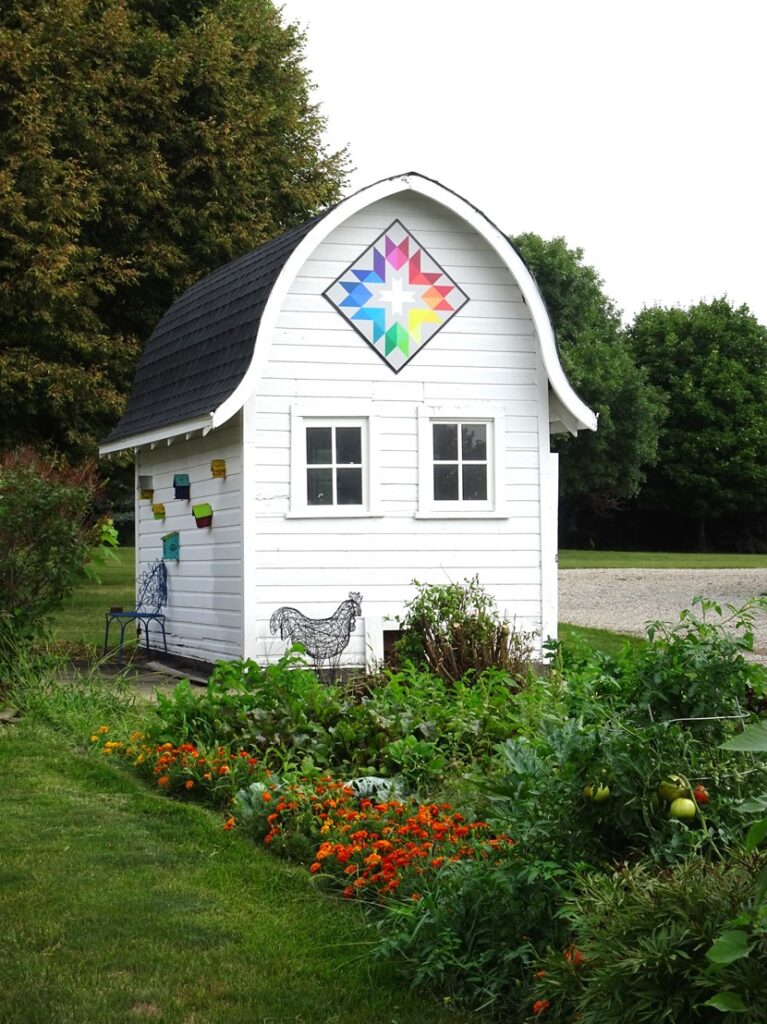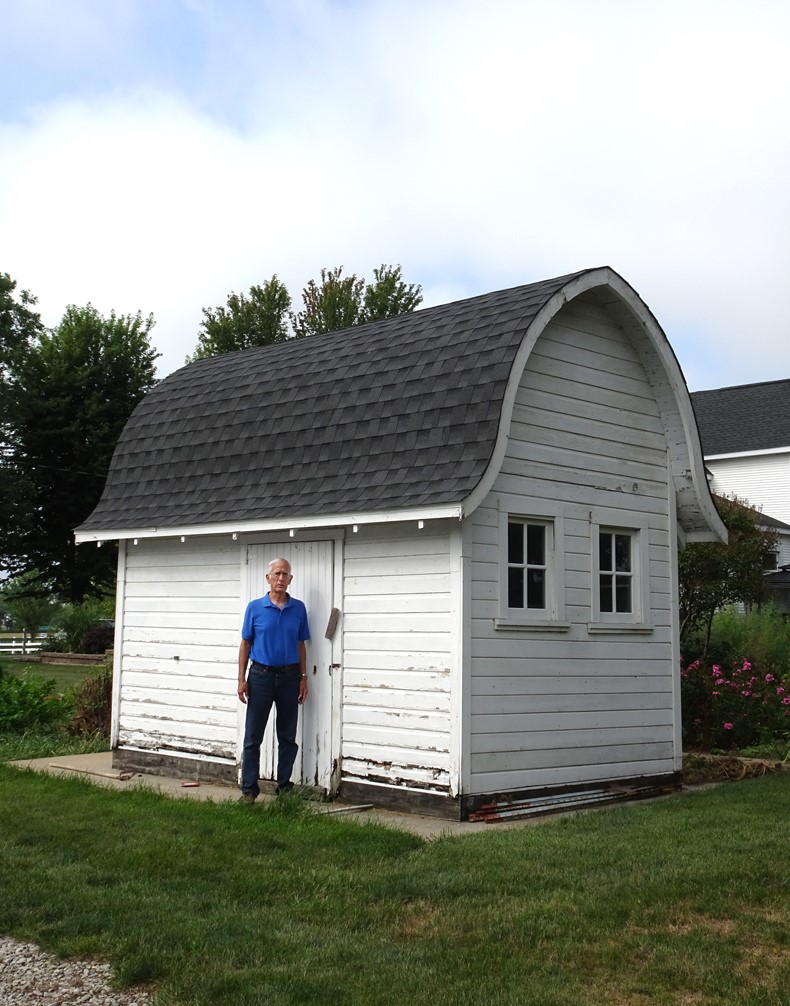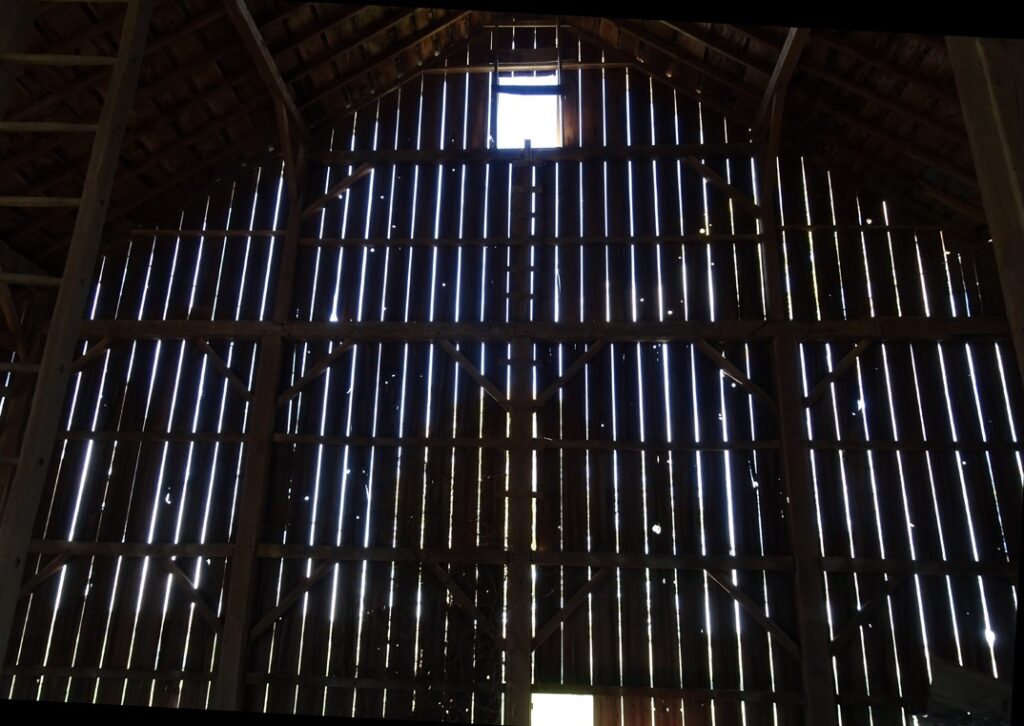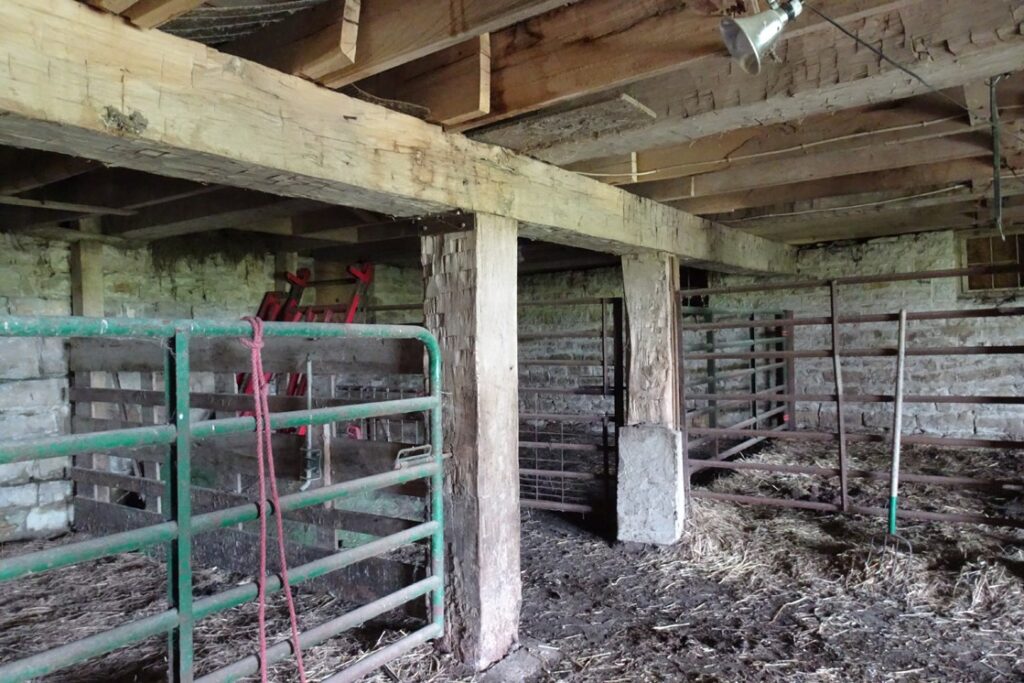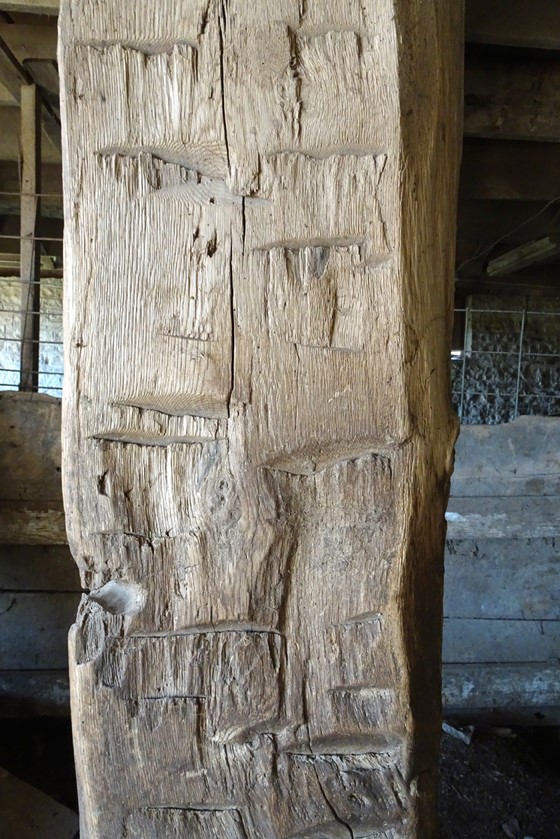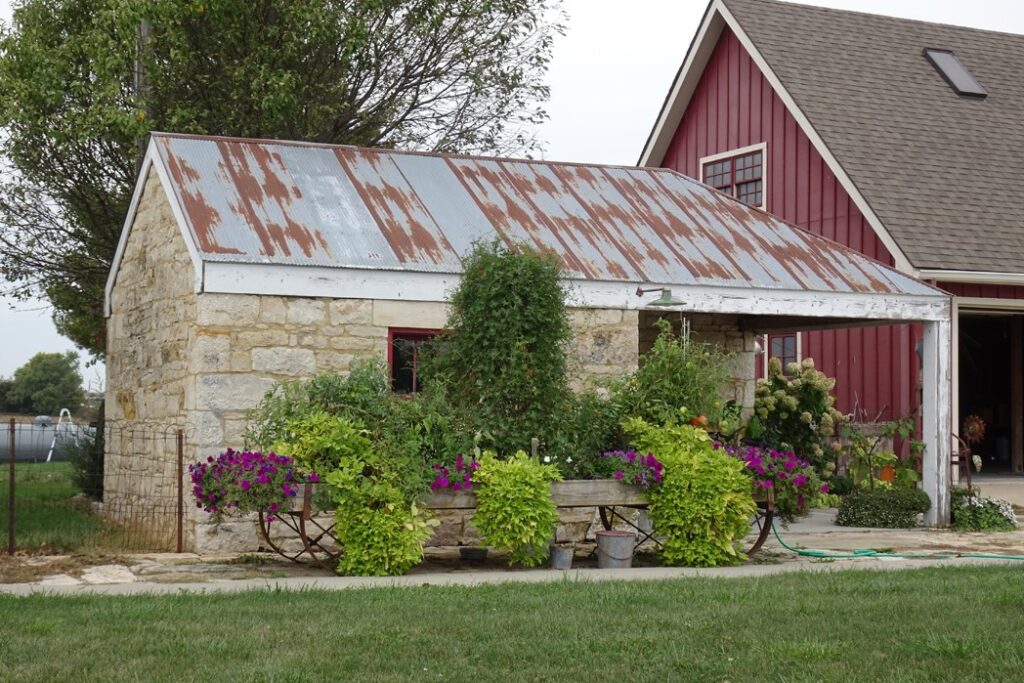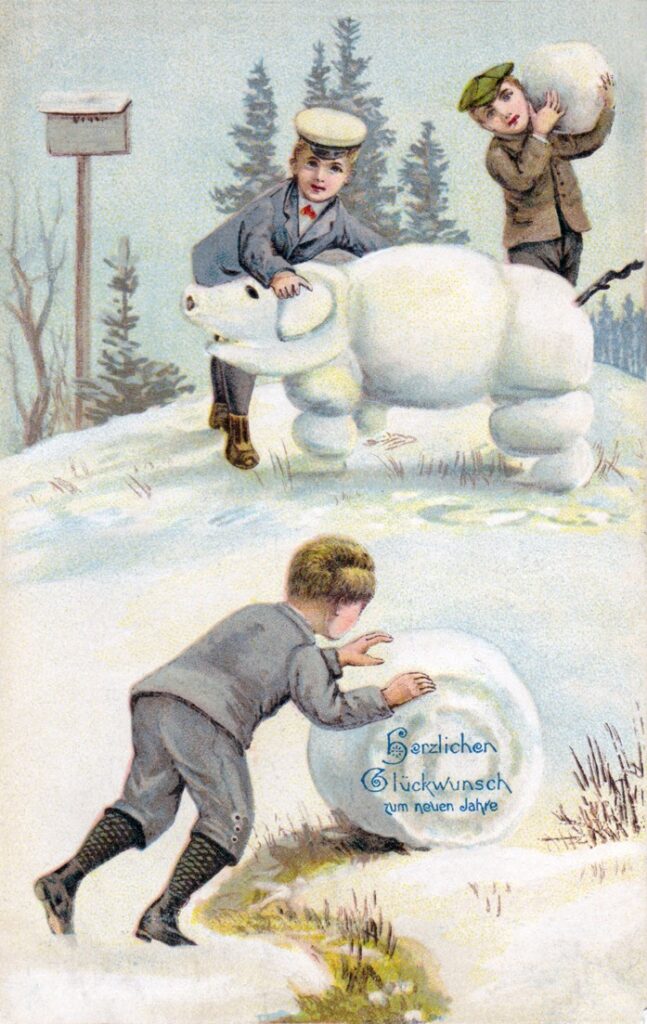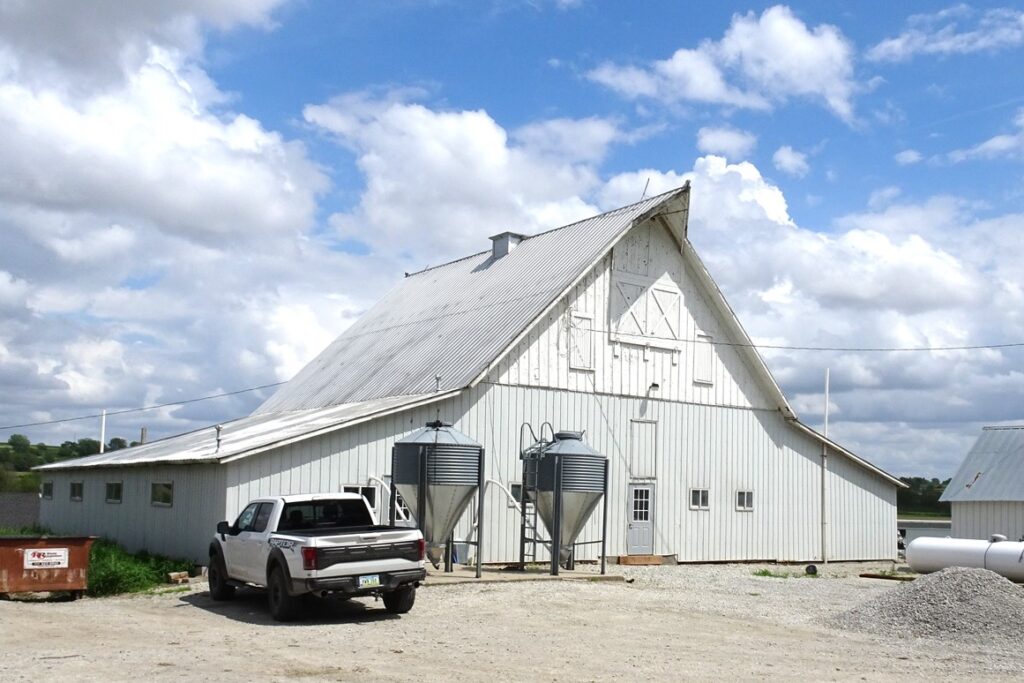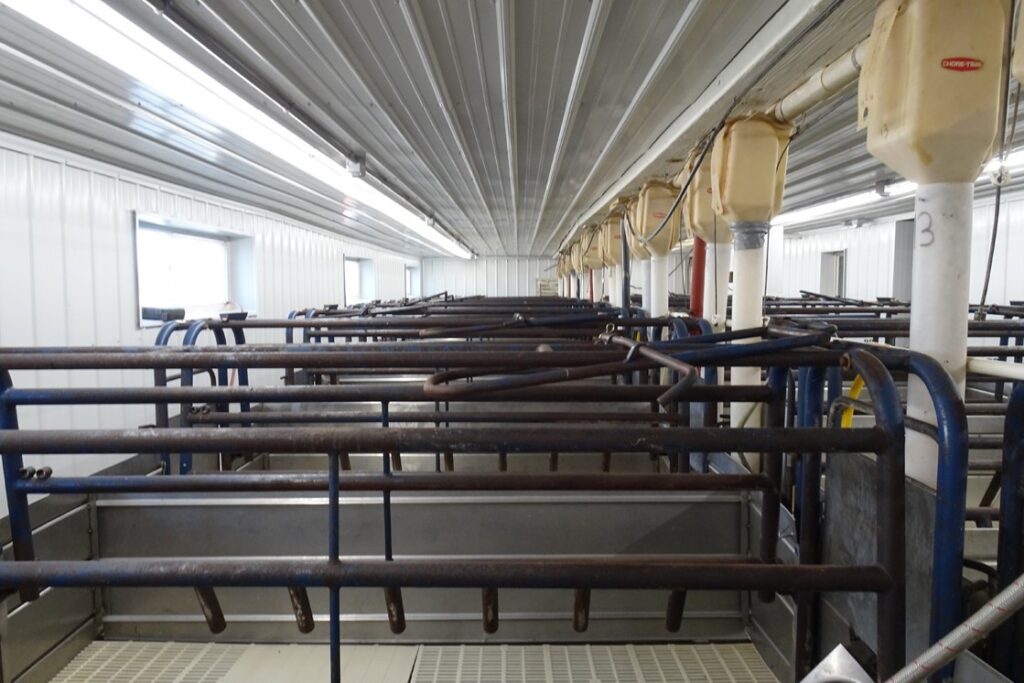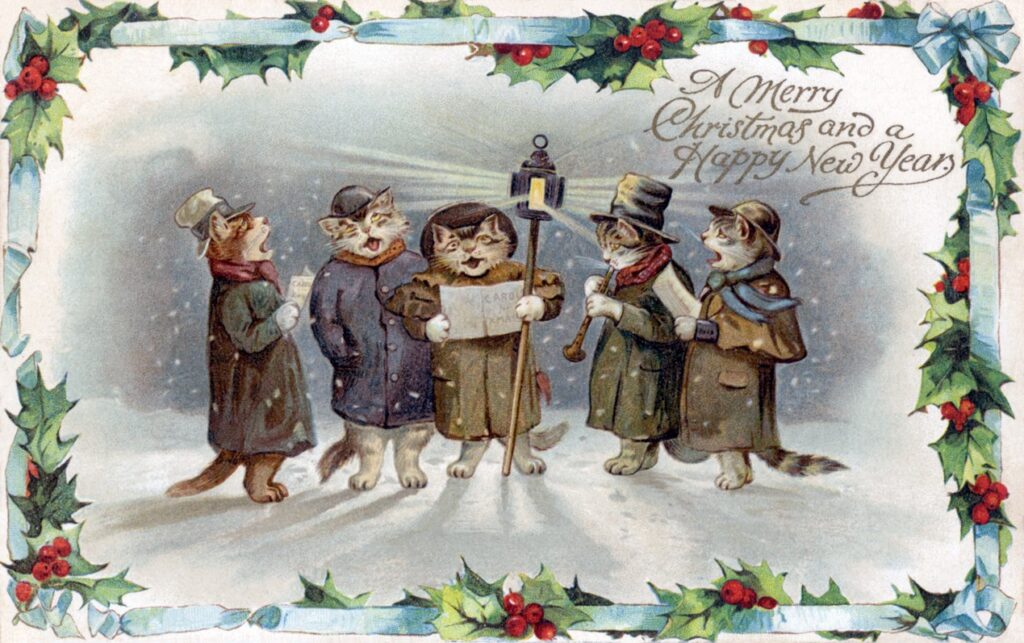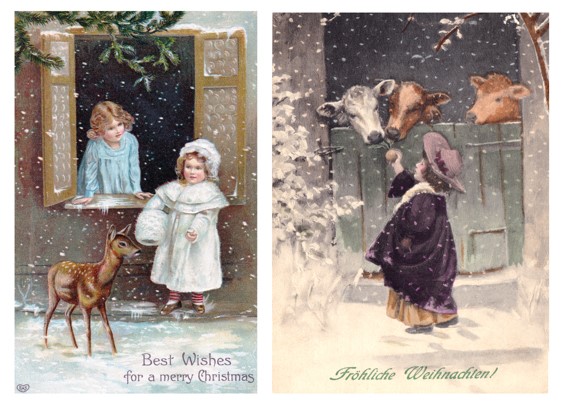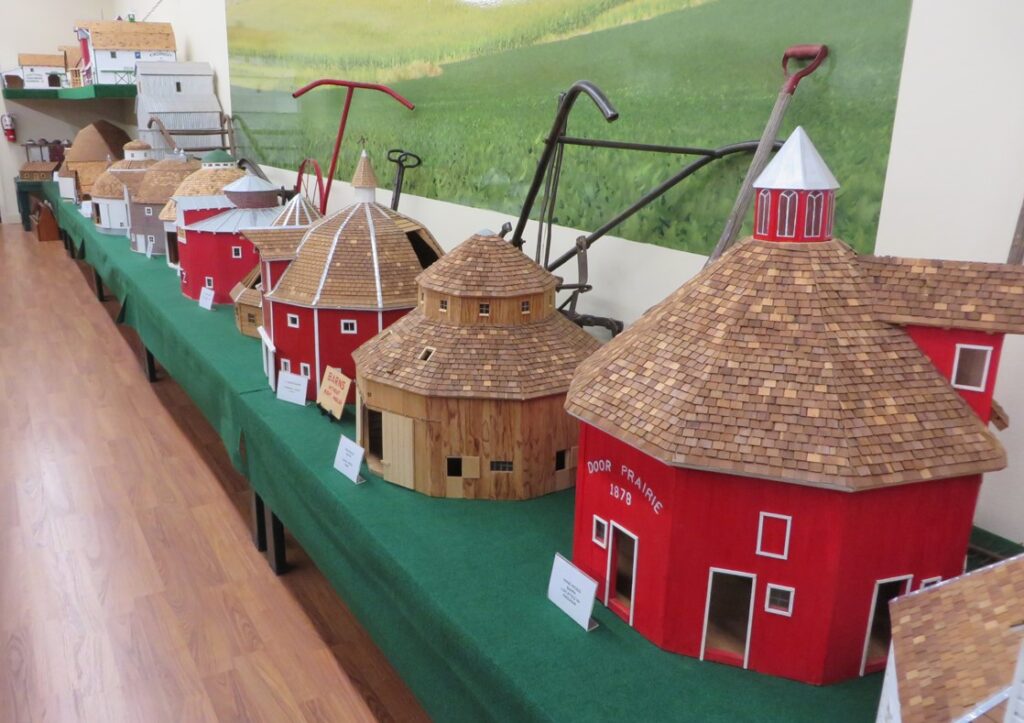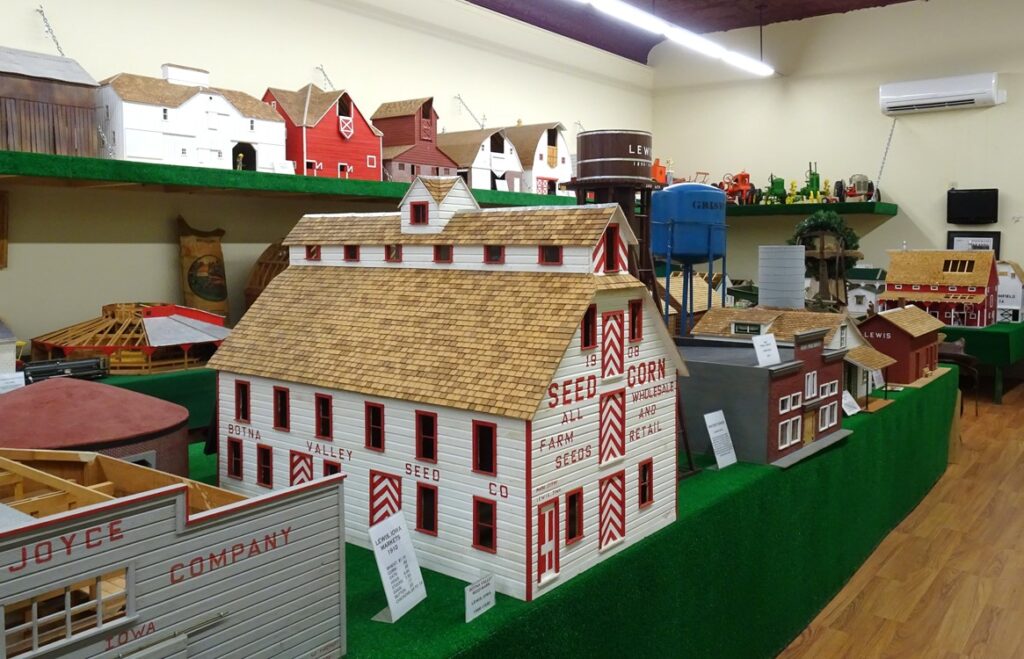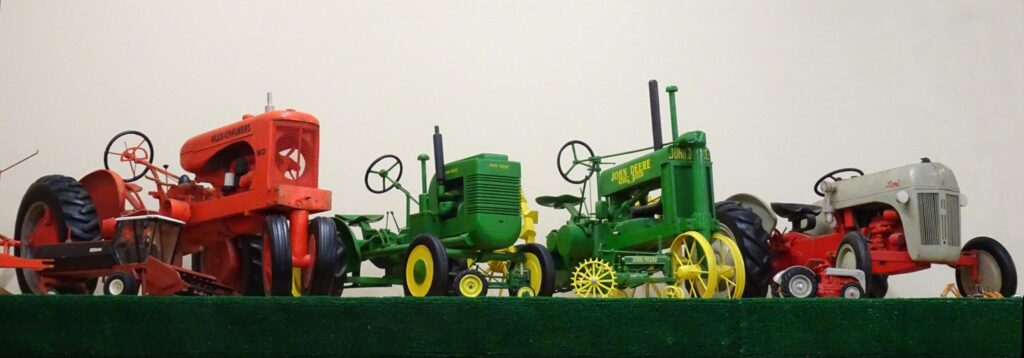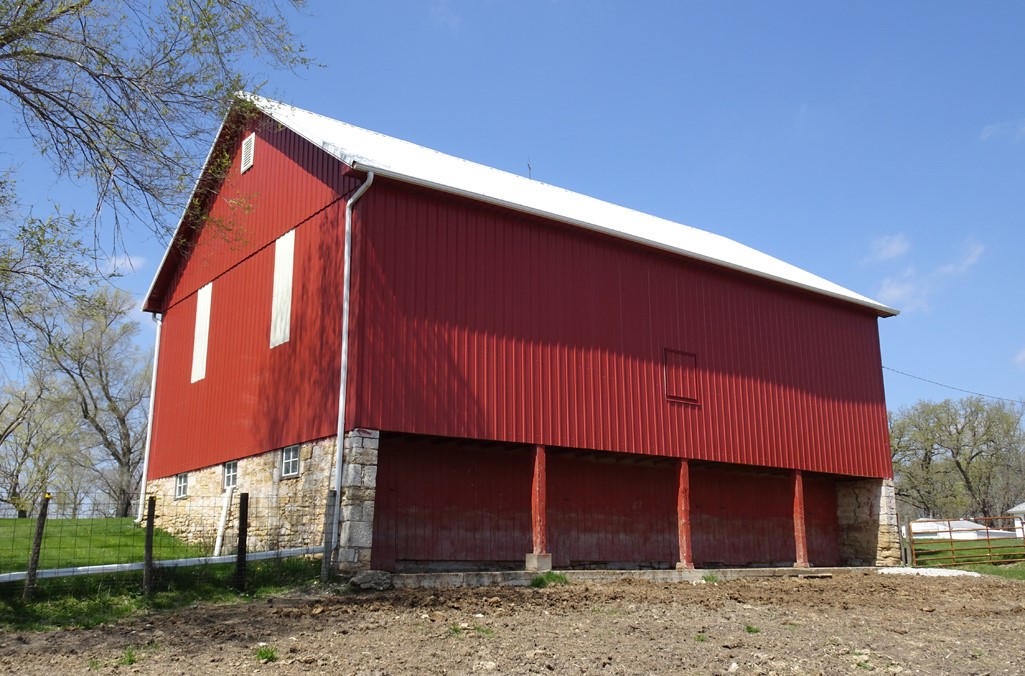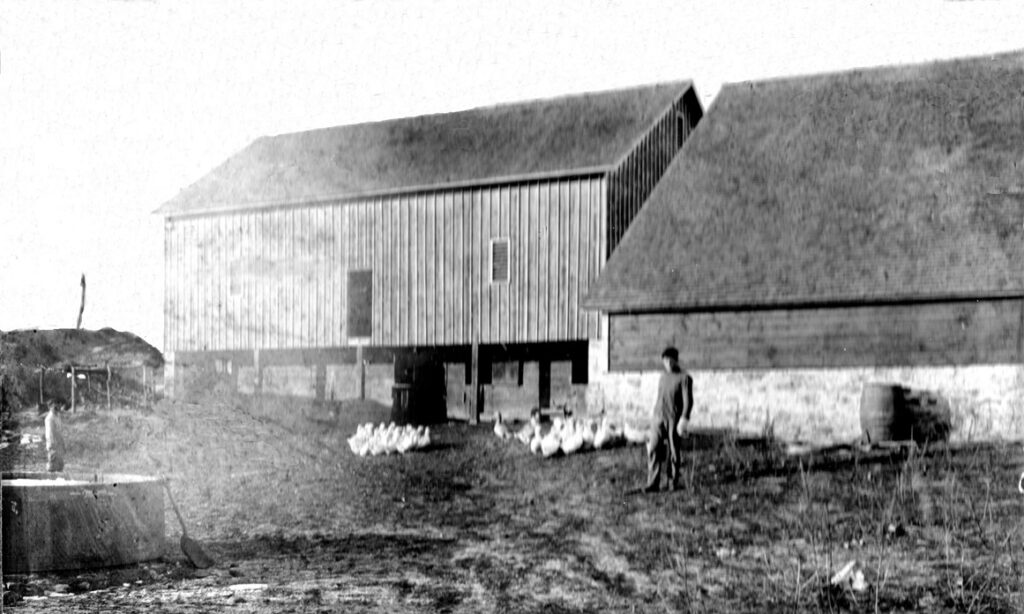What were YOU doing at age five? Marcia Shaver was showing her first calf at the Iowa State Fair at age five. That was almost 80 years ago. She is pictured here at age four on the cover of Milking Shorthorn Journal, March 1941. Thus began her legacy of showing and judging cattle at the Iowa State Fair, the National Dairy Cattle Congress, the Chicago International, the National Show in Madison, Wisconsin, the World Dairy Expo, 13 state fairs, and many other shows.
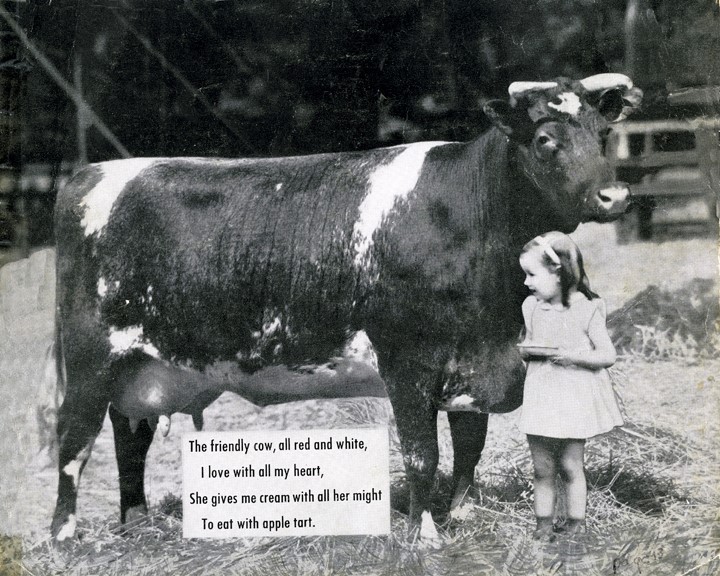
At the 2005 World Dairy Expo in Madison, Wisconsin, Marcia showed the grand champion, Mysha Lady Di, pictured below, a highlight of her career. She was also the official judge at the 2000 Sydney, Australia Royal Show. At the Mysha Farm near St. Anthony she still keeps in contact with friends all over the world she has made through the years and also checks on the cattle she owns based on farms in a few other states.

The Milking Shorthorn story began when her father, Noran Shaver, worked at the Clampitt farm south of New Providence milking 40 cows by hand in the era before milking machines. Below is a photo of the Clampitt barn built in 1916, destroyed by a tornado in 1989. See page 247 of Iowa Barns Yesterday and Today for another photo of the barn and more of the Clampitt story.
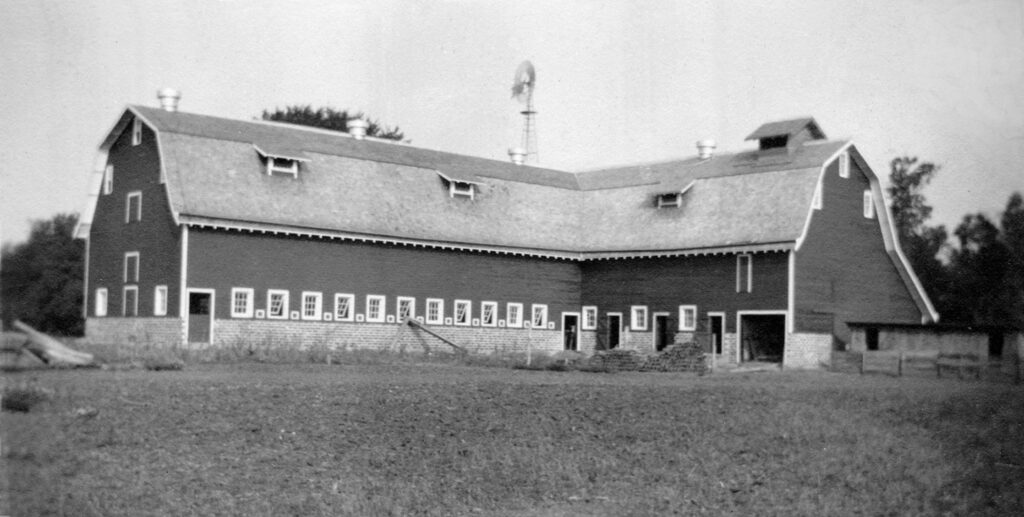
What was a project that many farmers did years ago in the summer? Her father owned a boxcar and he and his sons would take 12 head from Lawn Hill (near New Providence) in specially constructed stalls in the boxcar, first heading north into Minnesota and then south to Texas. This was a project to make money for the farm and sell a few bulls, stopping at fairs and other shows along the way. Imagine the work and logistics this project would involve.
Marcia and her father continued their love of raising and showing cattle for decades after he bought a farm west of St. Anthony that he named Mysha Farm, now owned by Marcia. He attended his last Iowa State Fair shortly before his death at age 93.
Being a dairy farmer has been a lifelong adventure for the Shaver family, where dedication and breeding prize cattle is legendary. Marcia Shaver-Floyd has broken barriers for women and forged the path for girls to pursue their dreams of raising and showing prize cattle. (Photos courtesy of Marcia Shaver-Floyd)
